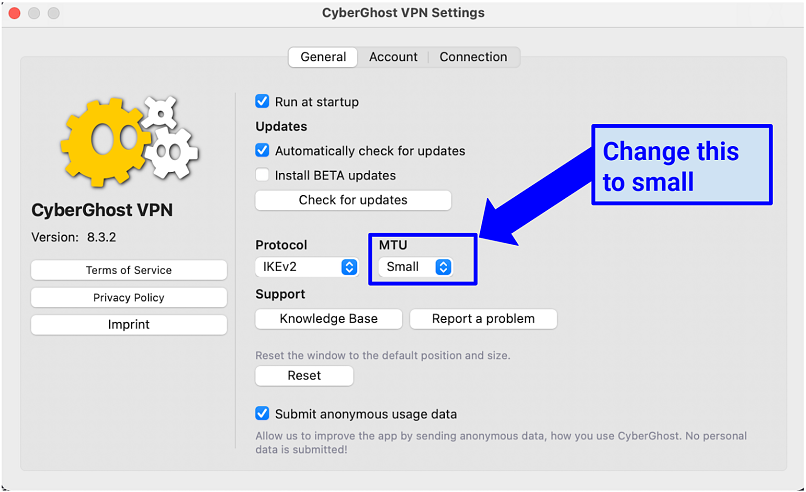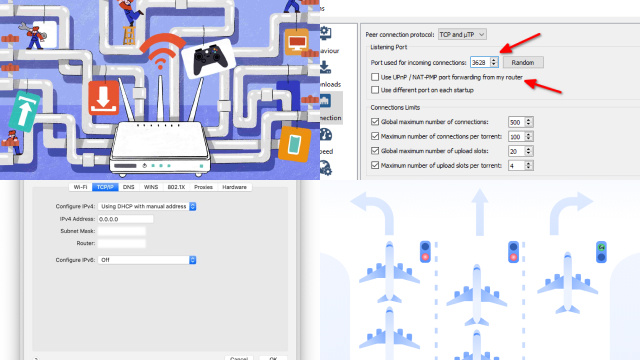Featured
Table of Contents
7 Common Vpn Problems And How To Fix Them (Tested ...
The Routing and Remote Access snap-in lives within the Microsoft Management Console, called the MMC. There are several methods to access the MMC. You can select the console from the Start menu's Programs choices, within the Administrative Tools folder within Windows server's Control board or by typing mmc at a command timely.
As Tech, Republic's Brandon Vigliarolo demonstrates within his video at the start of this post, the Providers console displays the status of the Routing and Remote Access entry. From within the Providers console and with the Routing and Remote Gain access to entry highlighted, you can click Start the Service or right-click the entry and select Restart.
Sometimes the VPN client and VPN server are set to utilizing different authentication methods. Confirm whether an authentication mistake is the issue by opening the server console. Yet another technique of accessing the MMC is to type Control+R to open a command prompt in which you can type mmc and struck Enter or click OK.
If the entry isn't present, click File, select Add/Remove Snap-in, pick the Routing and Remote Access choice from the choices and click Include, then OK. With the Routing and Remote Gain access to snap-in included, right-click on the VPN server and click Properties. Then, evaluate the Security tab to validate the authentication approach.
Common Dns Issues In Vpn Networking
Make sure the VPN client is set to the authentication approach specified within the Security tab. Usually the items simply evaluated are responsible for the majority of VPN connection rejection mistakes.
IP addresses are another essential component for which administration need to be properly set. Each Web-based VPN connection typically uses two various IP addresses for the VPN customer computer. The very first IP address is the one that was designated by the client's ISP. This is the IP address that's utilized to establish the preliminary TCP/IP connection to the VPN server online.

This IP address usually possesses the very same subnet as the local network and therefore enables the customer to communicate with the local network. When you set up the VPN server, you need to set up a DHCP server to appoint addresses to clients, or you can produce a bank of IP addresses to appoint to clients straight from the VPN server.


If this choice is chosen and the reliable remote access policy is set to enable remote access, the user will have the ability to connect to the VPN. Although I have actually been unable to re-create the situation personally, I have heard reports that a bug exists in older Windows servers that can cause the connection to be accepted even if the reliable remote access policy is set to reject a user's connection.
Fix Bitdefender Vpn Errors 182, 99, 12, 9, 4, 2 & More

Another typical VPN issue is that a connection is successfully developed however the remote user is unable to access the network beyond the VPN server. By far, the most common reason for this problem is that permission hasn't been approved for the user to access the entire network. To allow a user to access the entire network, go to the Routing and Remote Gain access to console and right-click on the VPN server that's having the issue.
At the top of the IP tab is an Enable IP Routing check box. If this check box is enabled, VPN users will be able to access the rest of the network, presuming network firewall programs and security-as-a-service settings permit. If the checkbox is not chosen, these users will have the ability to access just the VPN server, however nothing beyond.
If a user is calling directly into the VPN server, it's normally best to configure a fixed path between the client and the server. You can configure a fixed path by going to the Dial In tab of the user's residential or commercial properties sheet in Active Directory Users and Computers and choosing the Apply A Static Path check box.
Click the Include Route button and then go into the destination IP address and network mask in the space offered. The metric ought to be left at 1. If you're utilizing a DHCP server to assign IP addresses to customers, there are a couple of other problems that could trigger users not to be able to exceed the VPN server.
Troubleshooting Vpn Problems
If the DHCP server assigns the user an IP address that is currently in usage in other places on the network, Windows will detect the dispute and prevent the user from accessing the rest of the network. Another typical problem is the user not receiving an address at all. The majority of the time, if the DHCP server can't assign the user an IP address, the connection will not make it this far.
254.x. x variety. If the client is assigned an address in a variety that's not present within the system's routing tables, the user will be unable to browse the network beyond the VPN server. Other concerns can contribute to this issue, too. Make sure the resources the user is attempting to gain access to are in fact on the network to which the user is linking.
A VPN connection to the other subnet might, in reality, be required. A firewall software or security as a service solution might also be to blame, so don't forget to evaluate those options' settings, if such components are present between the VPN server and the resources the user seeks to reach.
The first possibility is that one or more of the routers included is carrying out IP packet filtering. IP package filtering might prevent IP tunnel traffic. I advise examining the client, the server and any machines in between for IP packet filters. You can do this by clicking the Advanced button on each machine's TCP/IP Characteristics sheet, picking the Options tab from the Advanced TCP/IP Settings Residence sheet, selecting TCP/IP Filtering and clicking the Properties button.
Latest Posts
The Best Vpns For Small Business In 2023
What Is A Business Vpn? Understand Its Uses And ...
Best Virtual Private Networks Reviews 2023